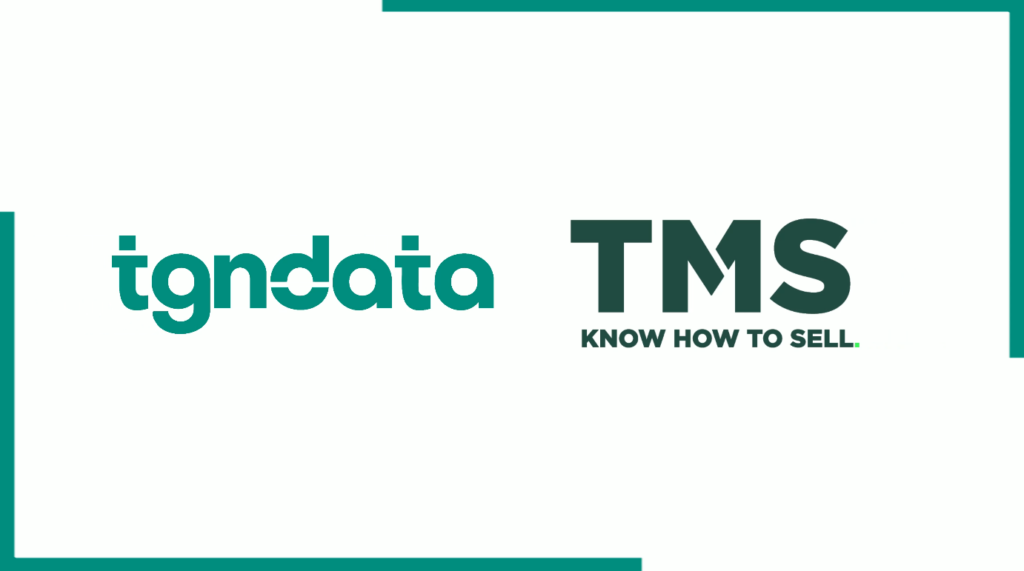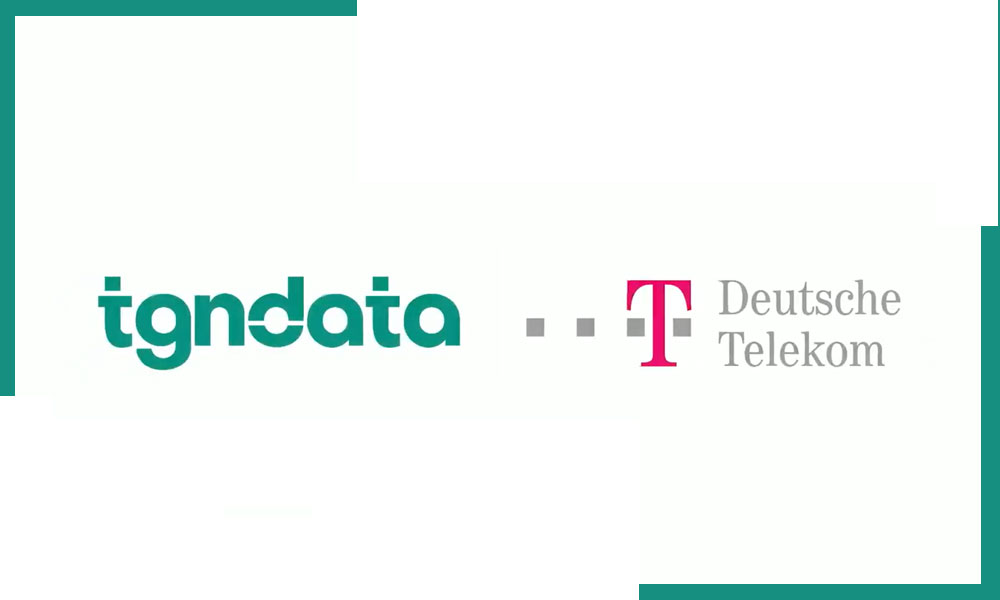Edit Content
In an era of economic uncertainty and inflation, businesses need to be even more strategic in their approach to holiday sales. One powerful tool at their disposal is historical data analysis. By examining past sales trends and consumer behavior during the holiday season, businesses can make informed decisions to predict and adapt to changing market conditions.
In this article, we’ll explore three proven strategies for leveraging historical data to achieve holiday sales success, even in an inflationary market.
Historical data analysis can help businesses optimize their holiday inventory in the face of inflation while gaining a competitive edge. By analyzing past sales trends and identifying which products have historically been in high demand during the holidays, businesses can make more accurate forecasts. This competitive advantage ensures they have sufficient stock of popular items while competitors may run out, maximizing sales. Simultaneously, reducing investment in products with lower demand gives them a cost advantage, translating to greater profit margins.
Benefits:
Example:
A toy retailer used historical data analysis to identify the consistent popularity of certain toy categories during the holiday season. By adjusting their inventory to focus on these categories and reducing less popular items, they achieved a 15% increase in profit margins during the holiday period, giving them a competitive edge in the market.
Historical data analysis is a valuable resource for businesses looking to navigate holiday sales in the midst of inflation and gain a competitive edge. By leveraging the strategies mentioned above, they can make data-driven decisions to optimize inventory, pricing, and promotions. The examples provided highlight the real-world benefits of these strategies, allowing businesses to achieve holiday sales success even in challenging economic conditions, outperforming competitors. By using historical data effectively, businesses can not only survive but thrive during the holiday season, regardless of inflation’s impact, putting them ahead in the competitive landscape.













Missing an important marketplace?
Send us your request to add it!